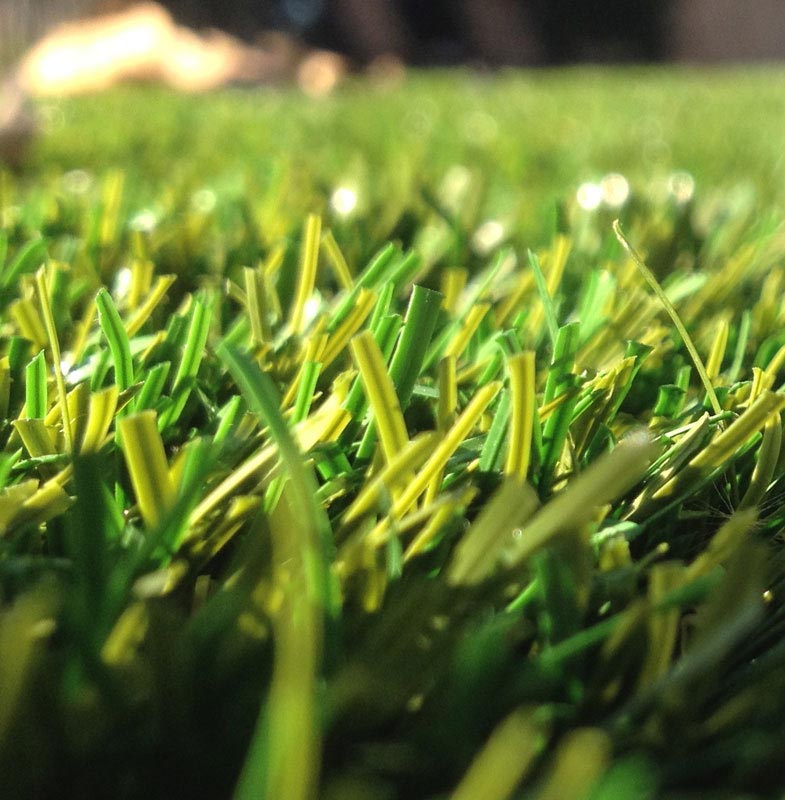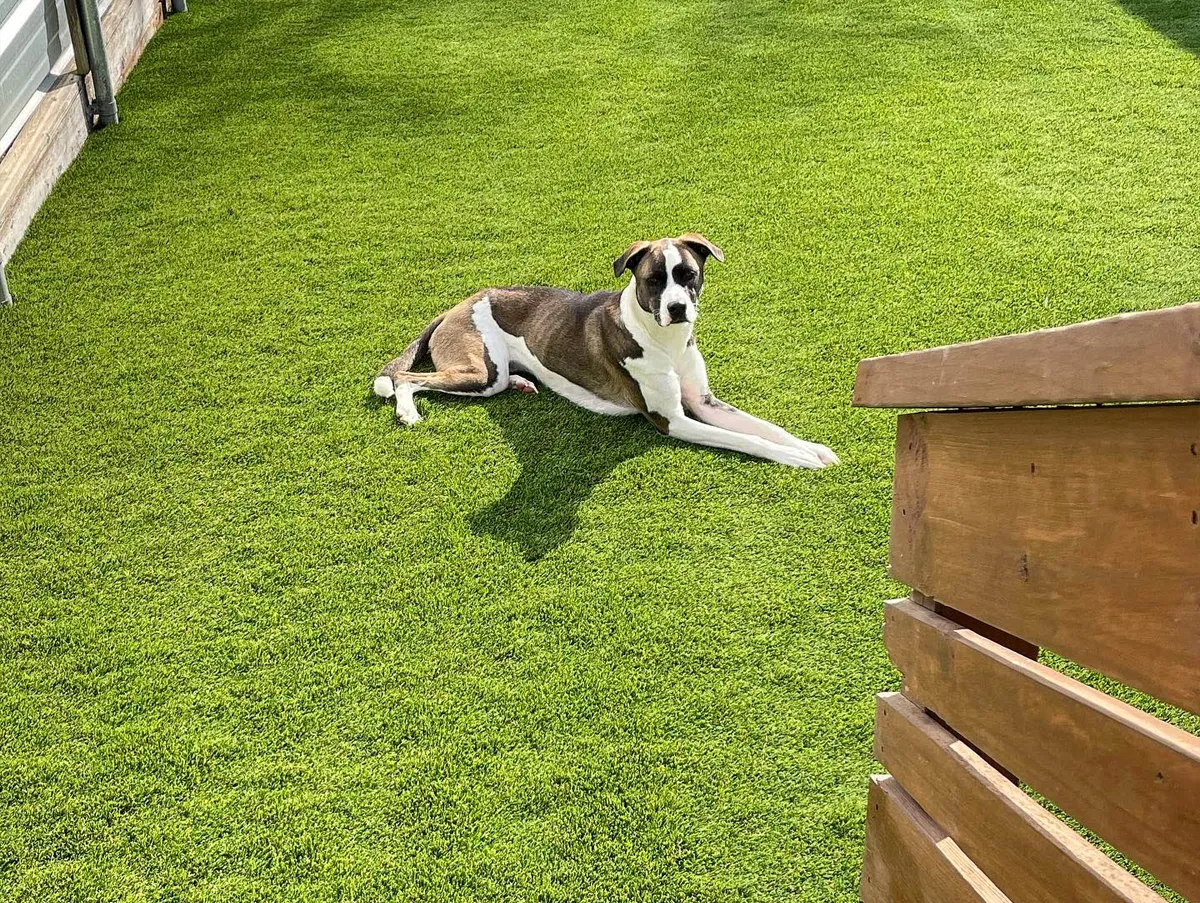Long-Lasting Arizona Artificial Turf for Home and Business Applications
Explore the Environmental Benefits of Opting for Artificial Grass Solutions
The adoption of man-made turf options presents an engaging chance to address pushing environmental difficulties. By considerably decreasing water use and reducing the application of unsafe chemicals, these options not just advertise sustainable landscape design but additionally shield regional ecosystems. The lower carbon impact associated with decreased maintenance tasks contributes to a more lasting method to land administration. Nevertheless, the implications of these benefits expand beyond plain preservation efforts, increasing questions regarding their lasting effect on environment preservation and general eco-friendly equilibrium. Discovering these measurements discloses an intricate interplay worth taking into consideration.
Water Conservation Perks
One of the most significant benefits of artificial grass is its capability to save water. In comparison, fabricated turf does not require watering, dramatically minimizing the overall demand for water sources.
By eliminating the requirement for normal watering, artificial turf contributes to sustainable landscape techniques and aids alleviate the ecological effect of extreme water intake. The preservation of water expands to the reduction of drainage, which can lead to soil disintegration and waterway pollution.
Furthermore, the installation of man-made lawn enables house owners and towns to allocate water sources much more effectively, concentrating on vital usages such as drinking water and agriculture. The change towards fabricated grass not only promotes accountable water use however likewise lines up with more comprehensive environmental objectives aimed at maintaining natural deposits.
As neighborhoods progressively focus on sustainability, the water conservation advantages of synthetic grass present a compelling situation for its fostering in residential and business landscaping tasks.
Minimized Chemical Use
The change to man-made grass substantially reduces the dependence on chemical treatments typically utilized in all-natural grass maintenance. Traditional lawn monitoring typically involves the application of plant foods, herbicides, and pesticides to advertise development and control bugs. These chemicals can pose risks to human health and wellness, neighborhood wildlife, and the environment, adding to dirt and water contamination.
In contrast, fabricated lawn eliminates the need for these dangerous compounds. By reducing the release of artificial compounds right into the ecological community, artificial grass advertises much healthier dirt and water systems.
Additionally, the absence of chemical runoff connected with synthetic grass installments assists shield local rivers from contamination, supporting marine life and keeping biodiversity. Phoenix turf companies. As areas significantly focus on lasting techniques, selecting fabricated grass presents a viable solution that lines up with environmental preservation goals. With this change, homeowner can enjoy rich environment-friendly areas without endangering ecological health, leading the way for a much more sustainable future
Reduced Carbon Impact

Additionally, the setup of synthetic grass can lead to significant water conservation. Natural lawns call for substantial amounts of water for irrigation, which not only includes in the carbon footprint connected with water removal and therapy yet additionally pressures local water sources. On the other hand, synthetic grass needs minimal upkeep, needing no watering, thus considerably reducing water use and its associated power costs.
Furthermore, the long check these guys out life of synthetic turf contributes to its decreased carbon influence. With a life-span of up to 15 years or more, the demand for frequent replacements is lessened, resulting in much less waste and reduced energy consumption in production and dealing with conventional turf choices. Generally, synthetic grass offers a sustainable choice for ecologically conscious landscape design.
Habitat Preservation
Habitat conservation is a crucial consideration in the debate over landscaping options, particularly when contrasting synthetic grass to natural turf. Natural turf lawns frequently require extensive upkeep, including the usage of pesticides, herbicides, and fertilizers, which can detrimentally influence local ecological communities. These chemicals can leach into the soil and waterways, harming indigenous vegetation and fauna and disrupting regional habitats.
In comparison, synthetic lawn offers a chance to minimize the ecological footprint of landscape design. By choosing artificial turf, home owners can minimize the disruption of all-natural environments related to conventional yard treatment methods. Synthetic grass eliminates the need for unsafe chemicals, thus shielding close-by wildlife and preserving the honesty of bordering environments. Additionally, the installation of fabricated turf can result in the conversion of previous yard locations into more biodiverse landscapes, such as pollinator gardens or native plant areas, which can support neighborhood wild animals.
Ultimately, the transition to fabricated lawn not just preserves water and decreases upkeep initiatives but also fosters a much more harmonious partnership between human activities and the all-natural atmosphere, advertising habitat conservation at the same time.
Long-Term Sustainability
Lasting sustainability is a crucial aspect in assessing the benefits of artificial grass over typical grass yards. One of one of the most considerable benefits of synthetic turf is its durability; it can last approximately 15-20 years with marginal upkeep, whereas all-natural turf needs regular reseeding and replacement. This long life lowers the demand for continuous sources, such as water, fertilizers, and chemicals, which are vital for maintaining a healthy and balanced grass yard.
Furthermore, synthetic grass adds to a reduction in carbon exhausts connected with click here for more lawn treatment tools. Typical yards frequently require gas-powered mowers, trimmers, and blowers, all of which add to air pollution. Arizona turf. On the other hand, synthetic grass removes the need for such equipment, promoting a cleaner atmosphere
In addition, the production of artificial lawn progressively uses recycled materials, boosting its sustainability profile. As producers adopt green practices, the ecological impact of man-made lawn continues to decrease.

Final Thought
The adoption of fabricated grass services offers substantial ecological advantages, including significant water conservation, decreased reliance on damaging chemicals, and a lower carbon footprint. Synthetic turf aids in preserving natural habitats by lessening land disruption and promoting lasting article source sustainability through the use of durable materials. Jointly, these factors highlight the possibility of synthetic grass to add positively to ecological health and wellness and supply a feasible option to traditional landscape design practices in an increasingly resource-conscious globe.
In contrast, man-made turf does not need watering, considerably minimizing the overall need for water resources. By lessening the launch of synthetic compounds into the community, man-made grass advertises healthier dirt and water systems.
In addition, the installation of synthetic turf can result in substantial water conservation. In contrast, man-made lawn requires minimal maintenance, needing no watering, thus considerably decreasing water use and its connected energy costs.
